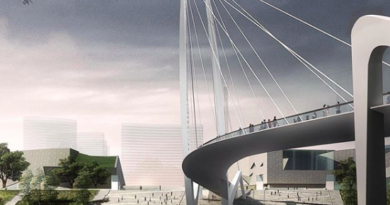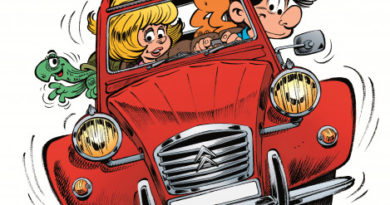70 years of Land Rover, 40 years of BMW M1: Autoworld
In 1948 the British car manufacturer Rover introduced a 4×4 all-terrain vehicle inspired by the American Jeep that had built up a sound reputation during the Second World War. The first Land Rover had a 1595 cc four-cylinder petrol engine, and a great deal of aluminium was used for the bodywork. This ‘Series I’ was a great success from the beginning. In 1950 production had already reached 15,000 units. The British army and the police were the first big customers, but it was also popular with farmers and hunters. In 1959 the 250,000th Land Rover was produced. At the end of the sixties it was by far the most important product of Rover, and it was manufactured in 19 countries.
In our country too production started in 1952 with an ‘in-house’ version, the Minerva Jeep, for the Belgian Army and the Gendarmerie. The Land Rover in its original form remained in production until 2016. After 1990 it was known as the Land Rover Defender. In addition to the original 80’ chassis (80-inch or 2.03 m wheelbase), longer versions and various engines also followed. It can also be regarded as the ancestor of the legendary Range Rover.
In September the 70-year history of this iconic workhorse is being outlined by means of 12 cars one of which is the’ first Land Rover that was imported in Belgium (1948) and a “Golden Wolf” of which only 7 were built.
In the seventies BMW had risen into the premium segment. The Bavarian brand dreamed of its own sports car that could take on competition with the big names in the super sports car segment. BMW was already highly successful in touring car races, so it also had to be possible to deploy that newcomer on the track. For homologation purposes at least 400 units of the street version had to be manufactured. The forerunner of the BMW M1 was the BMW Turbo, with gull-wing doors and mid-engine, designed by Giugiaro and his company Ital Design.
There was indecision between an eight-cylinder or twelve-cylinder engine. Ultimately the existing M30 3.5 L six-cylinder was chosen as the basis. A new cylinder head was developed, mechanical petrol injection was installed, and the car was equipped with dry-sump lubrication. Initially there was to be collaboration with Lamborghini for production, but that brand had encountered difficulties and so the Bauer bodywork company was called upon for the final assembly. Until 1981 only 453 M1 street versions were produced. Twenty of these were refitted for the BMW M1 Procar championship. It became an iconic car, and is one of the rarest models in BMW history.
In October ten of these M1s, including several rare race cars, will be displayed at Autoworld.



